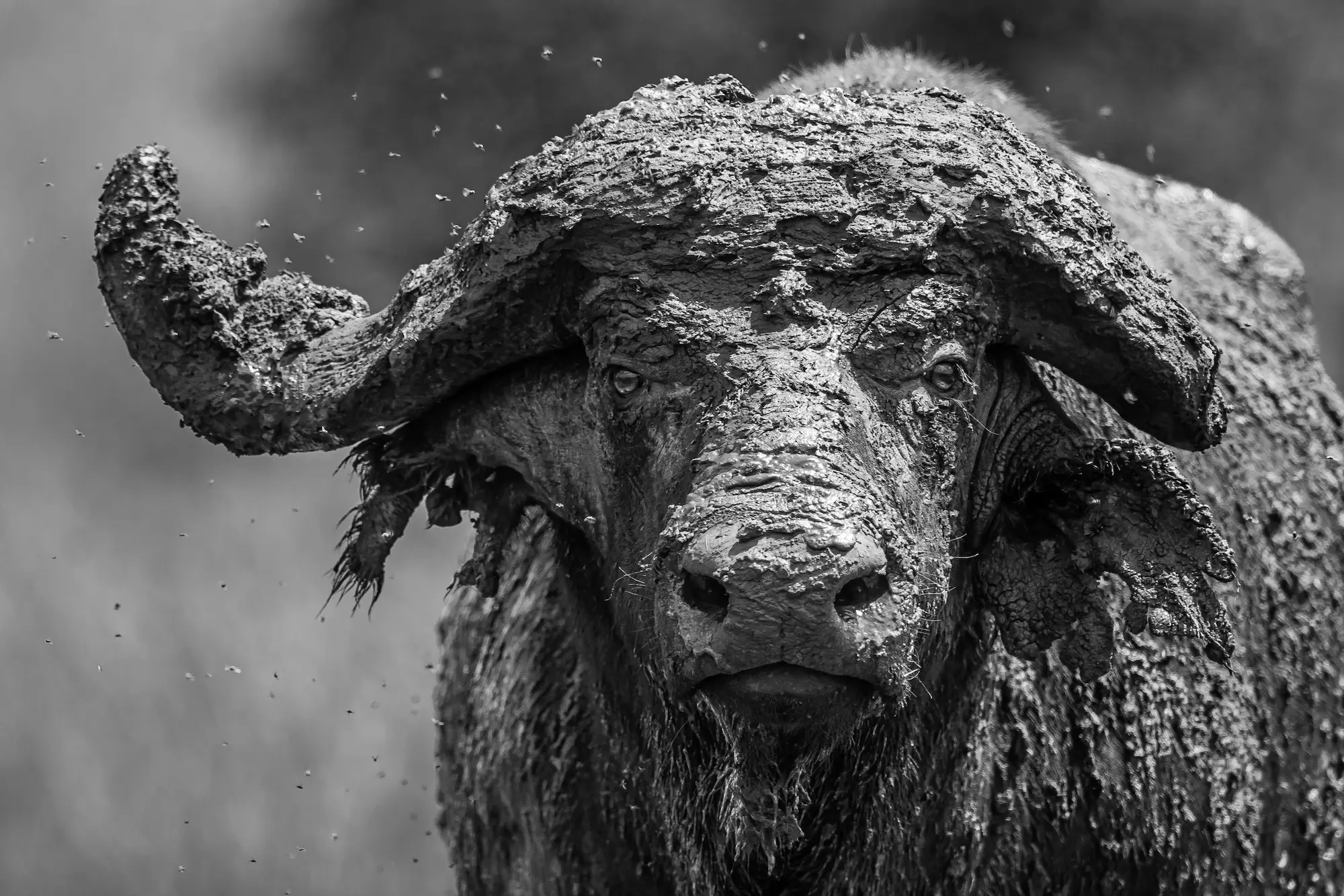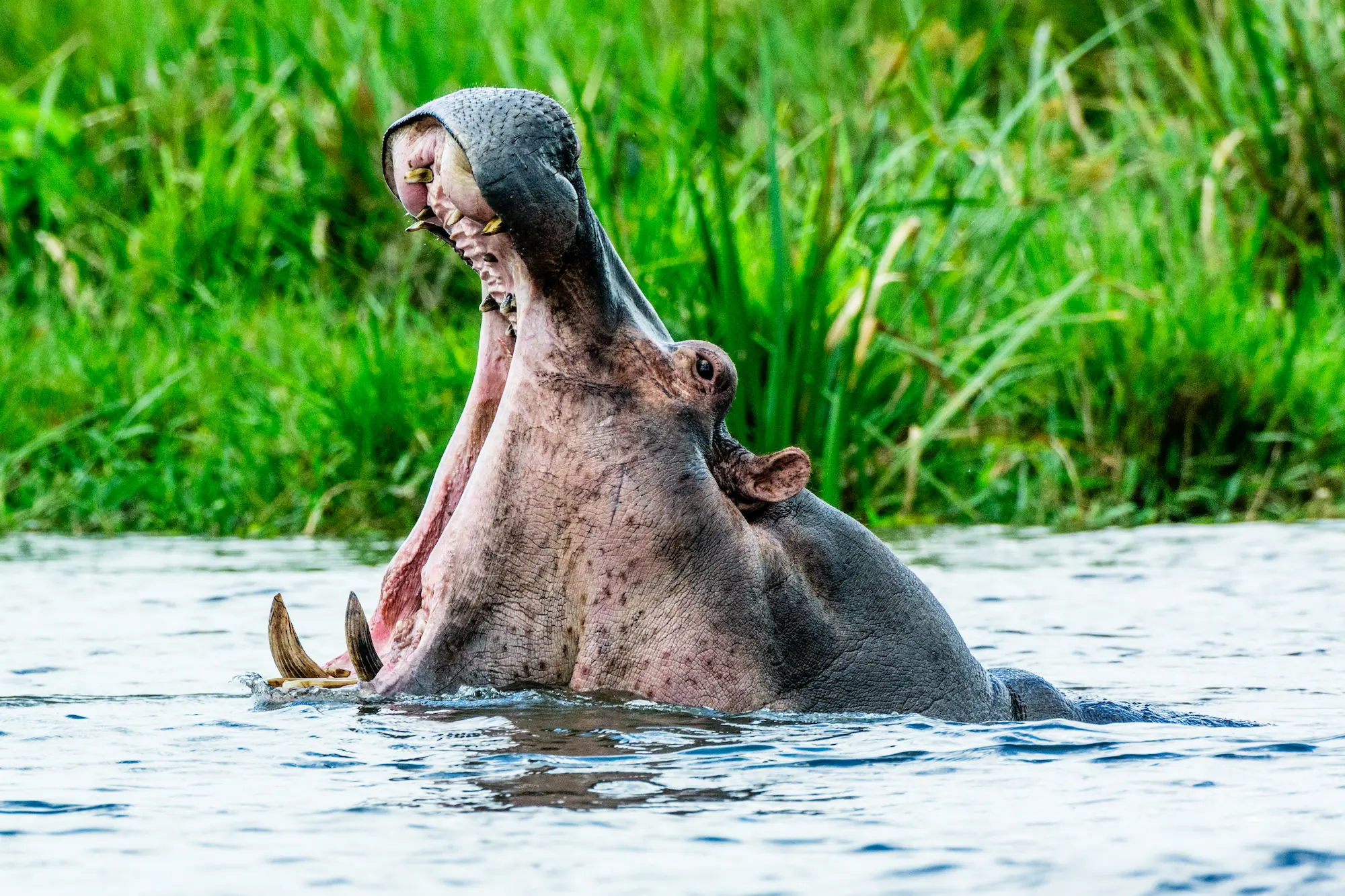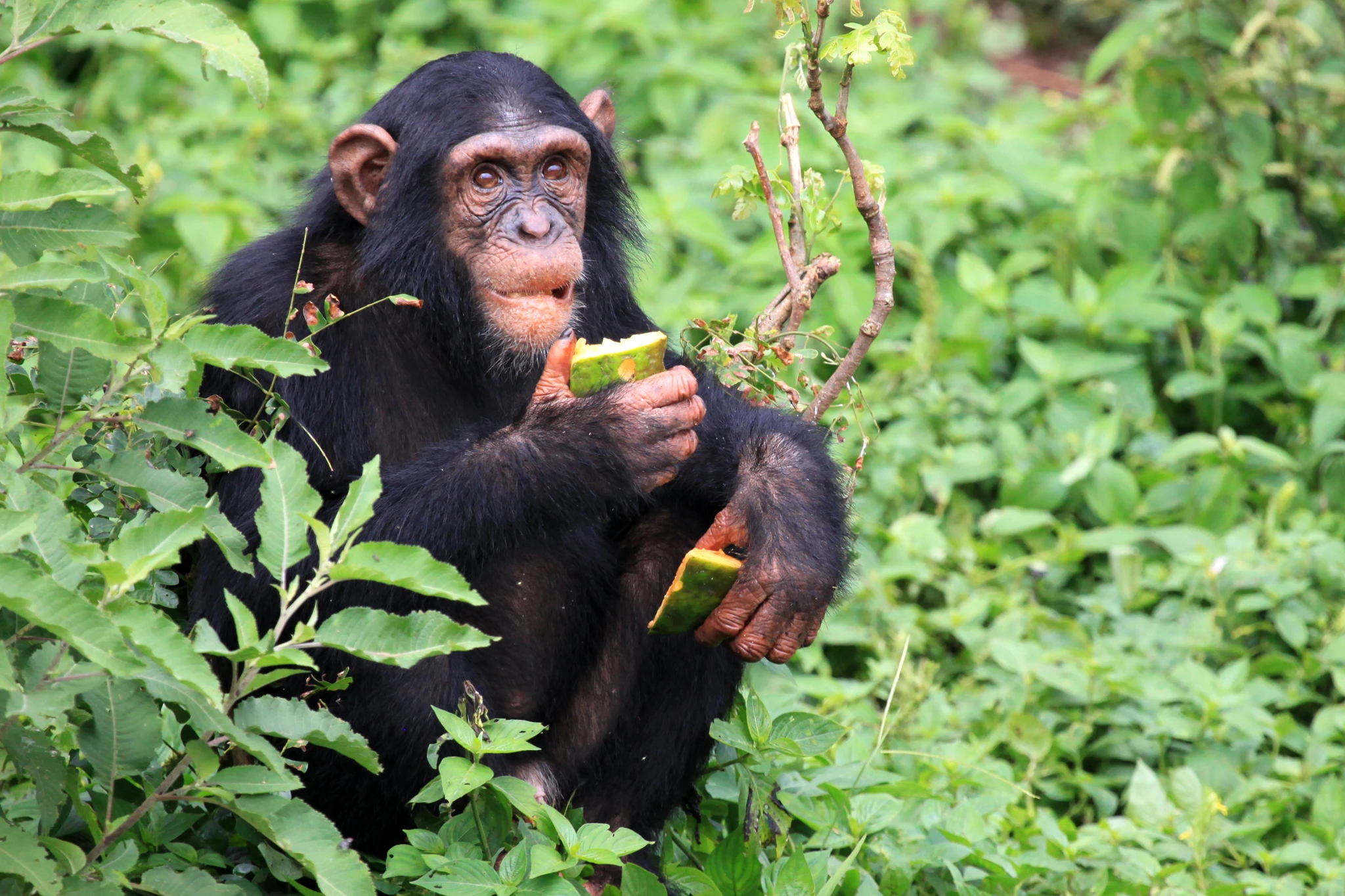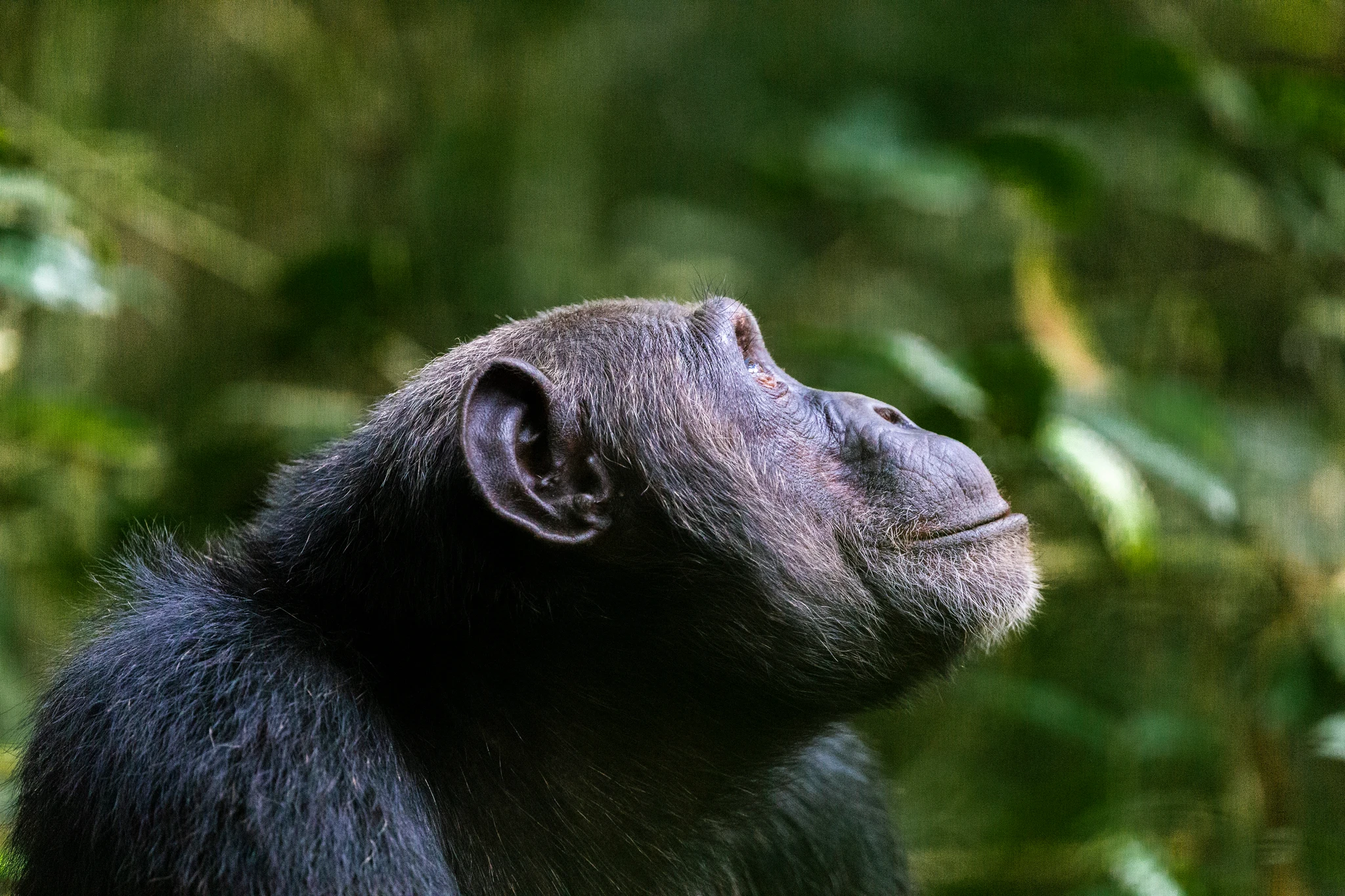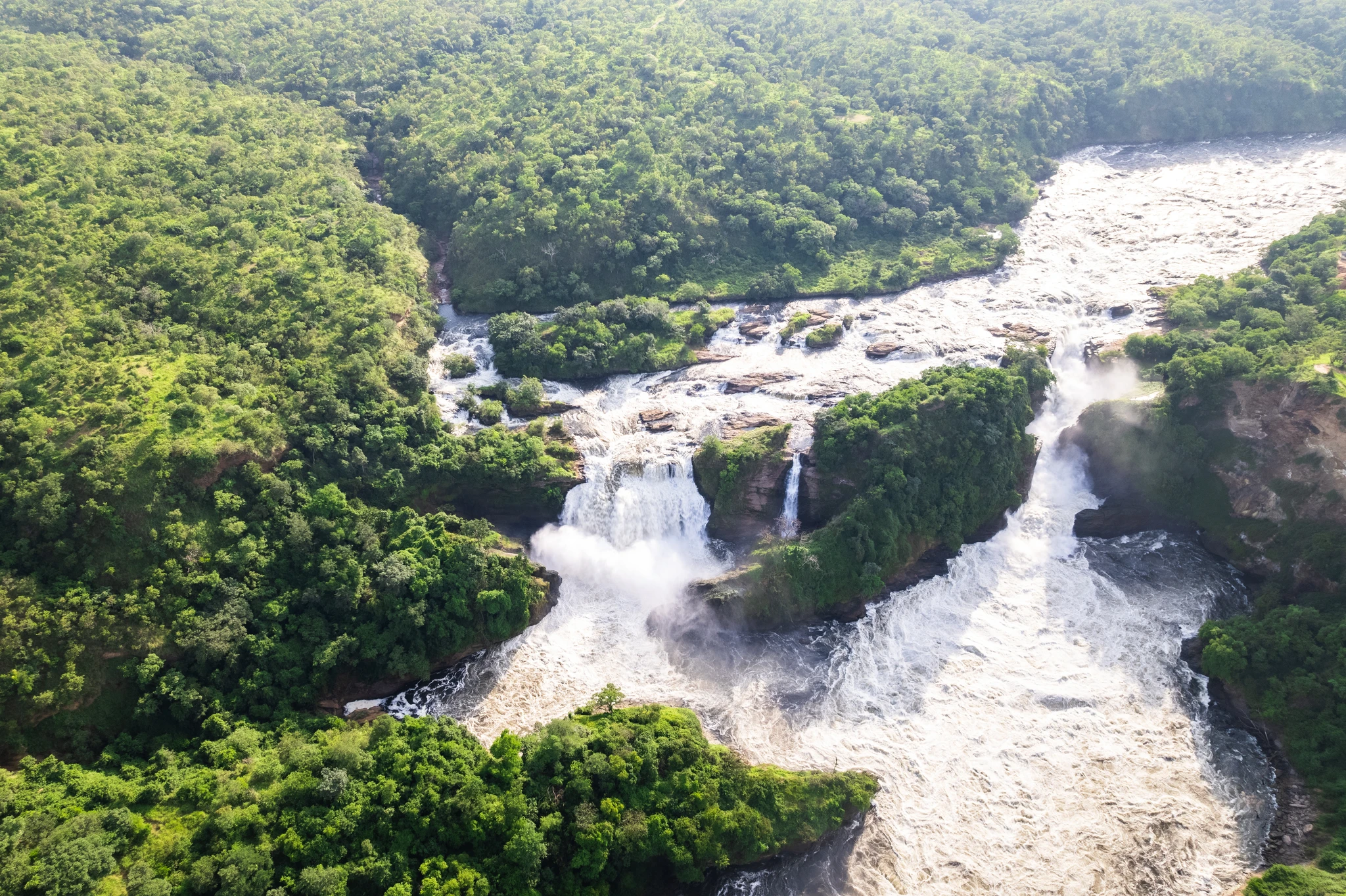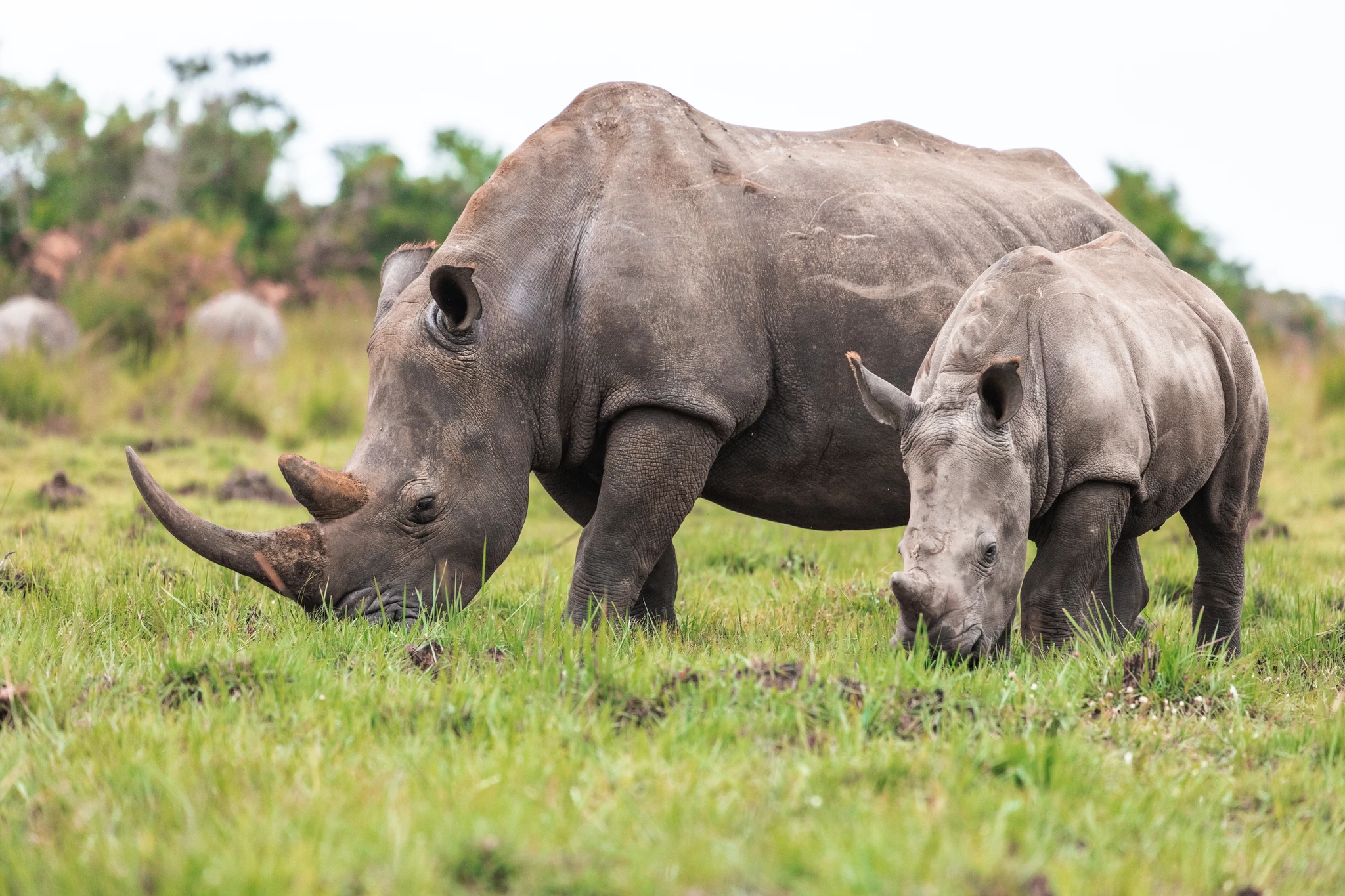The Rwenzori mountain range ranks second-highest in Africa after the renowned Kilimanjaro. The Rwenzori National Park is overseen by the Uganda Wildlife Authority (UWA), which is charged with most of the nation’s parks. It has been recognized as a UNESCO World Heritage Site.
Often referred to as “Mountains of the Moon,” these peaks reach a maximum elevation of 5,109 meters at Margherita Peak. Spanning along the Uganda-Democratic Republic of Congo border, ascending to the summit typically requires 7 to 9 days, depending on the chosen route.
The landscapes of this range, adorned with perpetual snow, are truly breathtaking, boasting Africa’s largest glaciers, which distinguish them from other peaks on the continent like Kilimanjaro or Mount Kenya. On the western side of the Rwenzoris lies the Congolese section, known for its drier and more accessible terrain.
The nearest city on the Ugandan side is Kasese, serving as the starting point for most ascent circuits, with some commencing in the popular small town of Nyakalengija. Rwenzori can be admired in Uganda’s Queen Elizabeth National Park and Congo’s Virunga National Park, particularly on clear, visibility days.
Approximately 7,500 adventurers embark on journeys to conquer these peaks annually, often combining a trek in the Rwenzoris with exploring Uganda’s diverse park and wildlife offerings. Uganda boasts over half of the world’s mountain gorillas, making it one of the premier destinations for primate viewing and wildlife observation, showcasing an unparalleled richness in biodiversity.
Because of the altitude and climate of the Rwenzoris, timing is everything when going on a trek there. Beyond physical fitness and equipment preparation, understanding the potential weather conditions is essential for a successful ascent. The optimal climbing windows typically fall between January and March and June and October. January-March tends to be colder, with greater chances of encountering snow at the summit.
These months are generally recommended due to the dry season, though they coincide with peak tourist seasons, meaning more visitors are attempting the summit and exploring the country. Nonetheless, aiming for the dry season ensures favourable weather conditions, increasing the likelihood of reaching the coveted peak and maximizing the overall experience.
